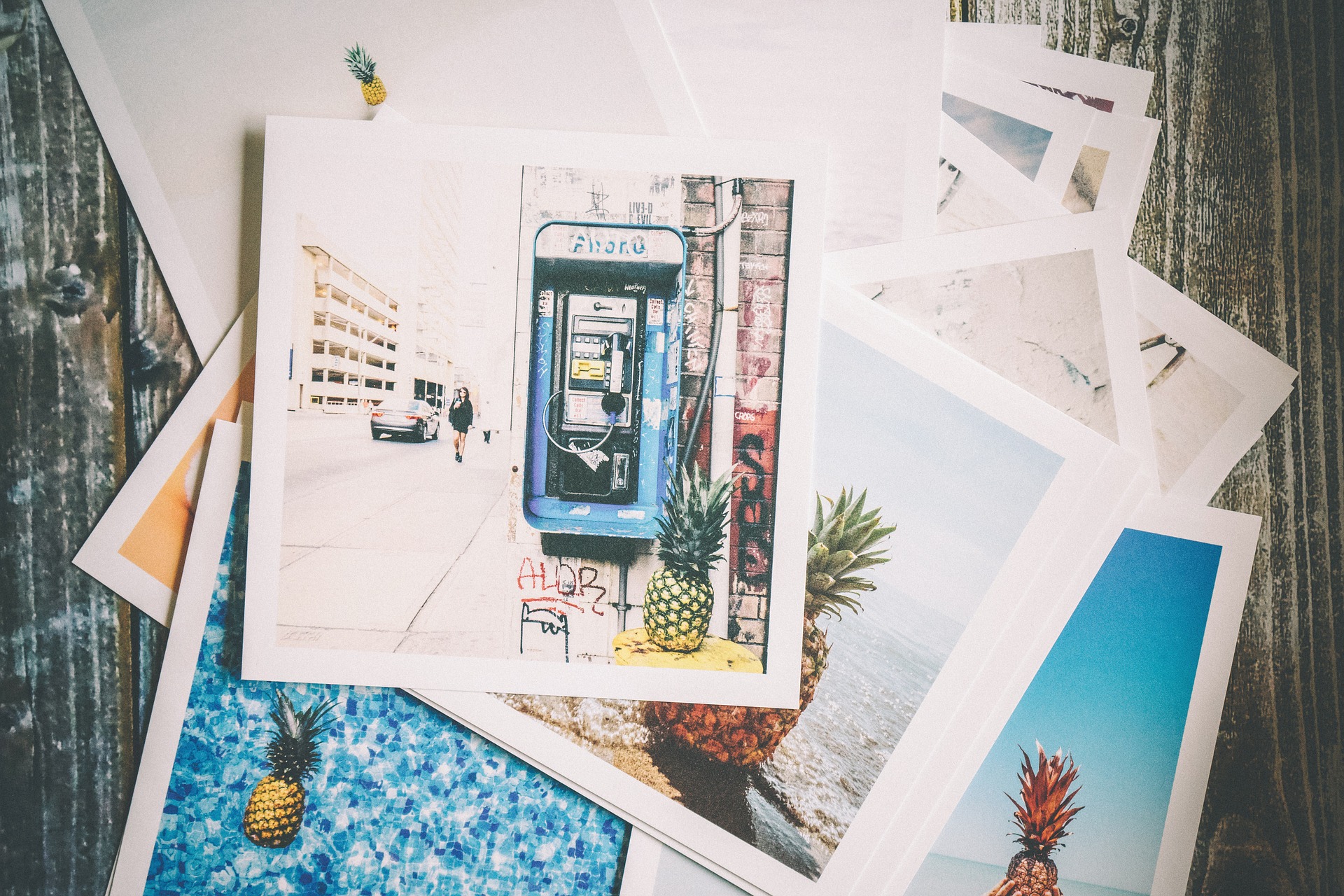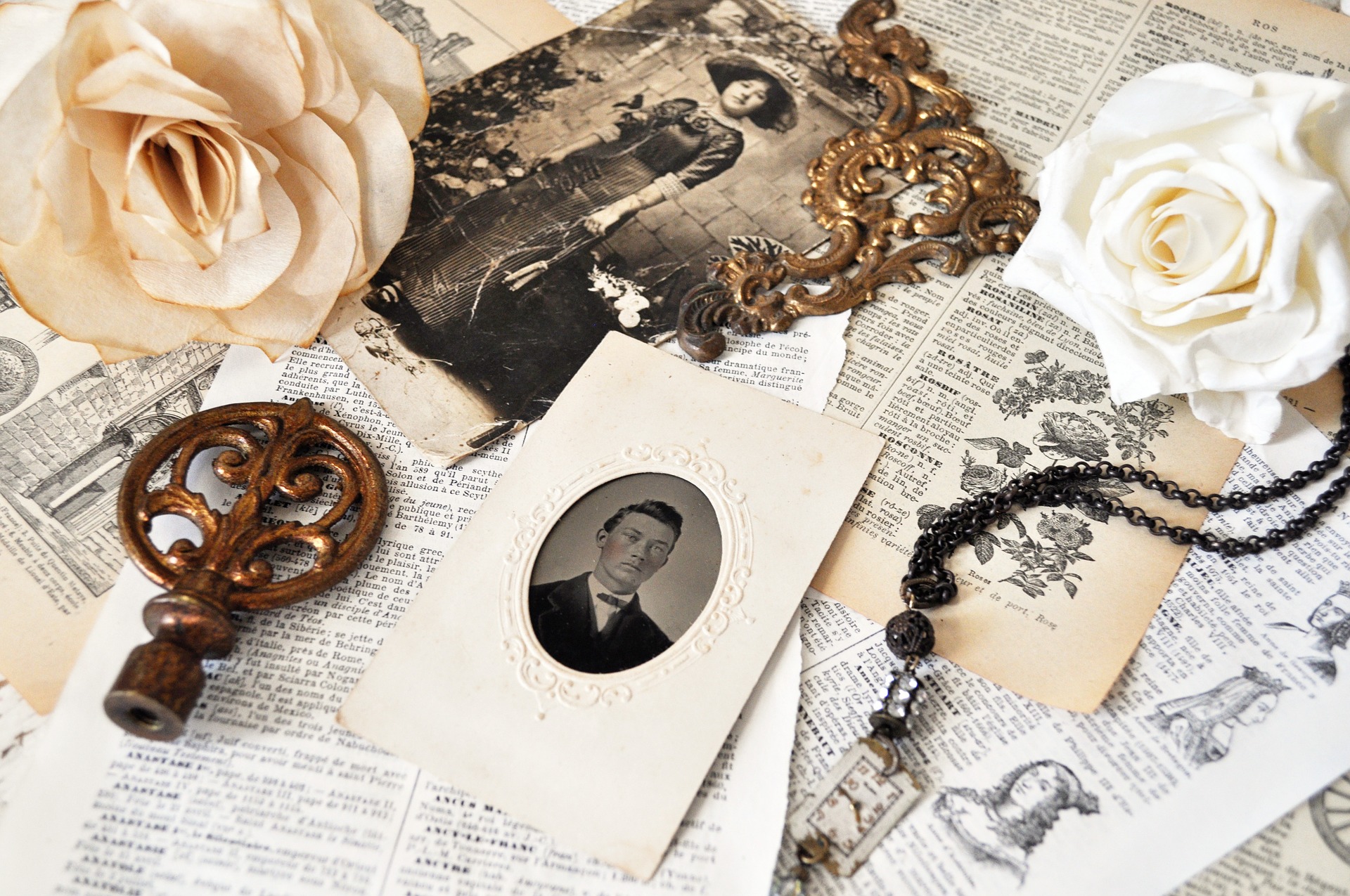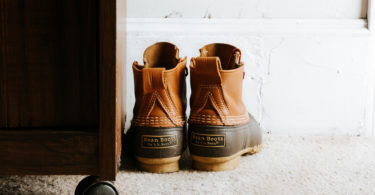In this digital age, it’s entirely possible to declutter various sentimental objects and drop them into a folder on our desktop. Technology makes it easy to store photos, family recipes, music, books, etc., on multiple devices all within a fingertip’s reach in seconds.
Simple enough, right? But what about that old index card of your great grandmother’s prized goulash recipe? Or that vinyl record your dad gave you on your 16th birthday? We could scan the recipe or upload the songs to a tablet. But can a device appeal to our sentiment in the same way an old book can, for instance?
When more Americans than ever have access to cloud-based storage, why then do we still find ourselves hanging onto things we could store digitally instead? What other things do we have trouble letting go of that a computer cannot replicate?
Life Storage sponsored a study looking into the sentimentality of 2,000 Americans to understand the things we hold onto and why. Explore with us the nuance behind these items and how they inevitably shape our lives.
Printed Photos are Not a Thing of the Past, Yet

There’s something entirely emotional about an object we hold dear. It’s more than sight and sound. There’s the scent and feel that can, in some ways, trigger memory more powerfully than a brightly lit screen. But what types of objects are these? Our survey revealed that printed photographs evoke a sense of nostalgia more often than any other keepsake we explored.
Unsurprisingly, more than 90% of the Americans surveyed still own printed photos and many have trouble parting with them. However, is there a shift where people will eventually replace physical photo albums altogether? Perhaps, but the change is a slow one.
Leave it to the women of the household to insist on keeping photo albums around. Nearly 94% of all women surveyed said they still owned printed photos, as opposed to only 84% of men.
What’s more surprising is the amount of Millennials that own printed photos, too, despite many having never owned a camera that requires film. 89% of millennials aged 25-34 admitted to possessing printed photos. That number dropped slightly in the 18-24 age group, with only 83% of the group holding onto physical photographs. If a change in the trend is coming in the future, it will likely come from this younger age group.
Do Americans Store and Hold Onto Printed Photos?
Sentiment Keeps Us Hanging Onto “Non-Essential” Items

At the heart of our survey was the concept of non-essential items we keep. Non-essential items are things we don’t necessarily use or need in our homes but might serve a different purpose, like reminding us of a distant loved one.
In turn, anything that could be stored on a computer would then be considered non-essential, like CDs, DVDs, books, and printed photos. However, many Americans find themselves clinging to these items anyway. Why? In many cases because these objects remind us of something.
Let’s explore the results to elaborate further. When asked why people insisted on keeping non-essential items, our survey participants continually alluded to a memory that transcends the object in question.
One person said, “I save them for sentimental reasons. So I can touch, see and feel the moment I received that item.” Another poetically stated, “because I feel tied to them as a beautiful memory of what I am.”
These respondents weren’t alone in this feeling. Nearly 61% had difficulty parting with a sentimental object. 78% of them admitted to keeping items that bring back nostalgia. Even more (83%) agreed with the statement, “I find myself attached to items that mean something to me.”
How Difficult is it for Americans in 2018 to Give Away Sentimental Items?
Based on the results, we estimate that the average person owns five non-essential items that mean something to them. Why? Likely because 76% of these people consider themselves to be a sentimental person.
Related: Decluttering: How to Let Go of Things You Love
How Much Space Do Sentimental Items Take Up In The Average American’s Home?
Out of Sight Doesn’t Mean Out of Mind When Storing Valuables

People have a hard time letting go of things that matter to them. However, according to our survey, that doesn’t mean they need the items in plain view in their home. Although many respondents said they like to put sentimental things on display (39%), more people ultimately store these items out of sight. While just over 17% of participants store non-essential items in the basement, nearly 12% kept them outside the home in a storage unit.
Where Are Sentimental Items Typically Stored?
What does this mean when we think about non-essential/sentimental items? Maybe it means that even if the object has little to no utility in our lives, getting rid of them might cause us more stress than it’s worth, especially if the thing reminds us of something positive. Fortunately, this isn’t necessarily bad news. Most participants only have a drawer or half a closet full of items that fall into this category. More importantly, 62% of participants don’t feel cluttered by hanging onto sentimental items.
However, keeping these items indefinitely can become problematic. Sometimes people are faced with storage-related issues that force them to make hard decisions about their sentimental items. In such instances, many people feel stuck and unsure of what to keep and what to discard. We asked Americans to describe what makes it so hard to give away items that carry sentimental value, and their responses were both heartfelt and relatable. Many answers carried a similar weight as these:
“I don’t know if the person I give it to will care about it as much as I do.”
“Knowing I could never look back at those items if I wanted to…”
“Just feels like you’re giving part of yourself away.”
“It’s the only thing I have left from a loved one.”
Are You Storing Your Precious Valuables Properly?
With each sentimental item comes storage best practices. Are you storing your precious belongings properly to ensure their quality over the test of time? Here are a few storage guides for commonly stored sentimental items. If you can’t find what you’re looking for here, tweet us your storage questions anytime!
- How to Store Old Photos and Preserve Precious Memories
- How to Display, Repurpose, and Store Sentimental Cards
- The Best Way to Pack, Move and Store a Painting
- The 10 Most Popular Collectible Items (And How to Store Them)
- How to Store Vinyl Records
- How to Store Clothes for Future Use
- Shoe Storage 101
- How to Save and Store Newspapers
- 5 Tips for Long-Term or Seasonal Classic Car Storage
As the world becomes more and more digital, it may be that the non-essential things we hang onto in the future become predominantly more digital, like a voicemail or Facebook update from a deceased loved one. But for now, trinkets of times gone by continue to take physical form and are like a warm comfort blanket that reminds us of the people and memories we hold dear. If storing a physical memory, even just for a time, doesn’t negatively impact our lives, who’s to say it’s a bad thing?






